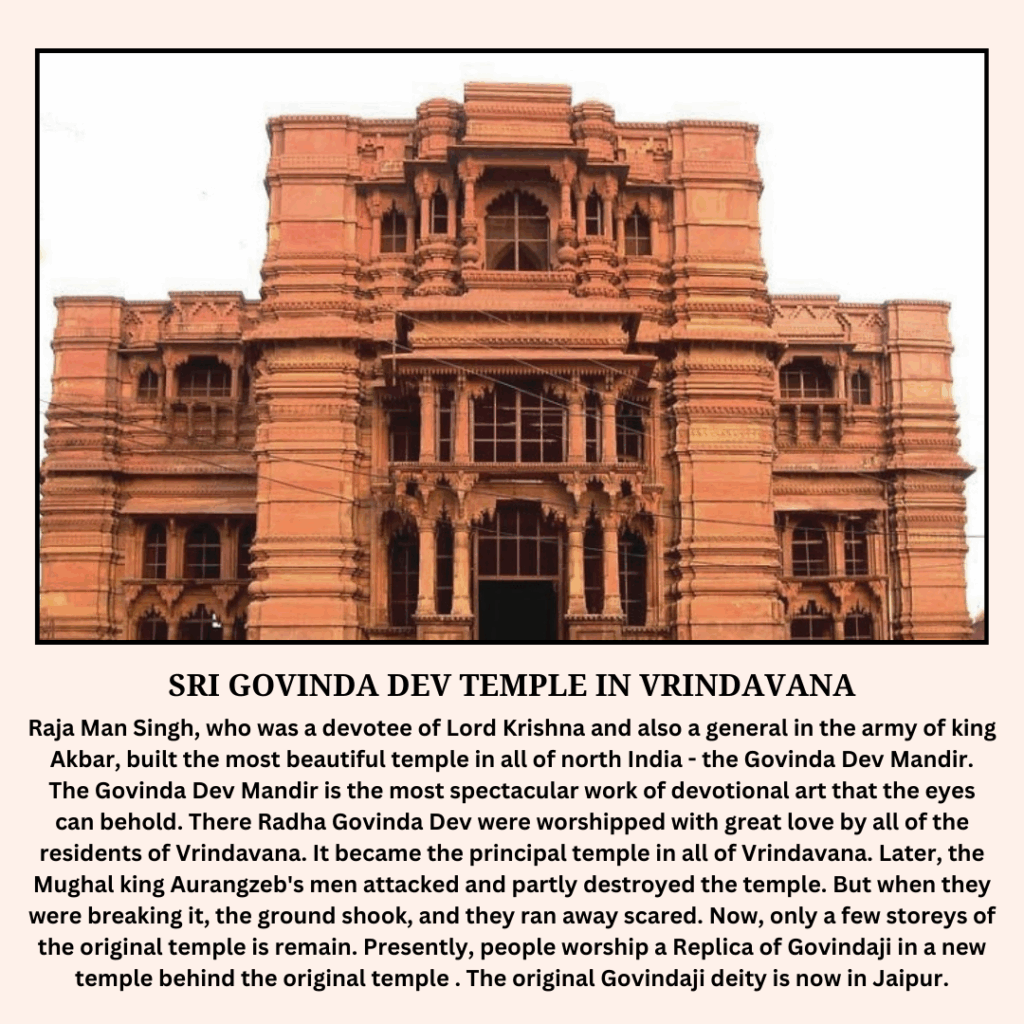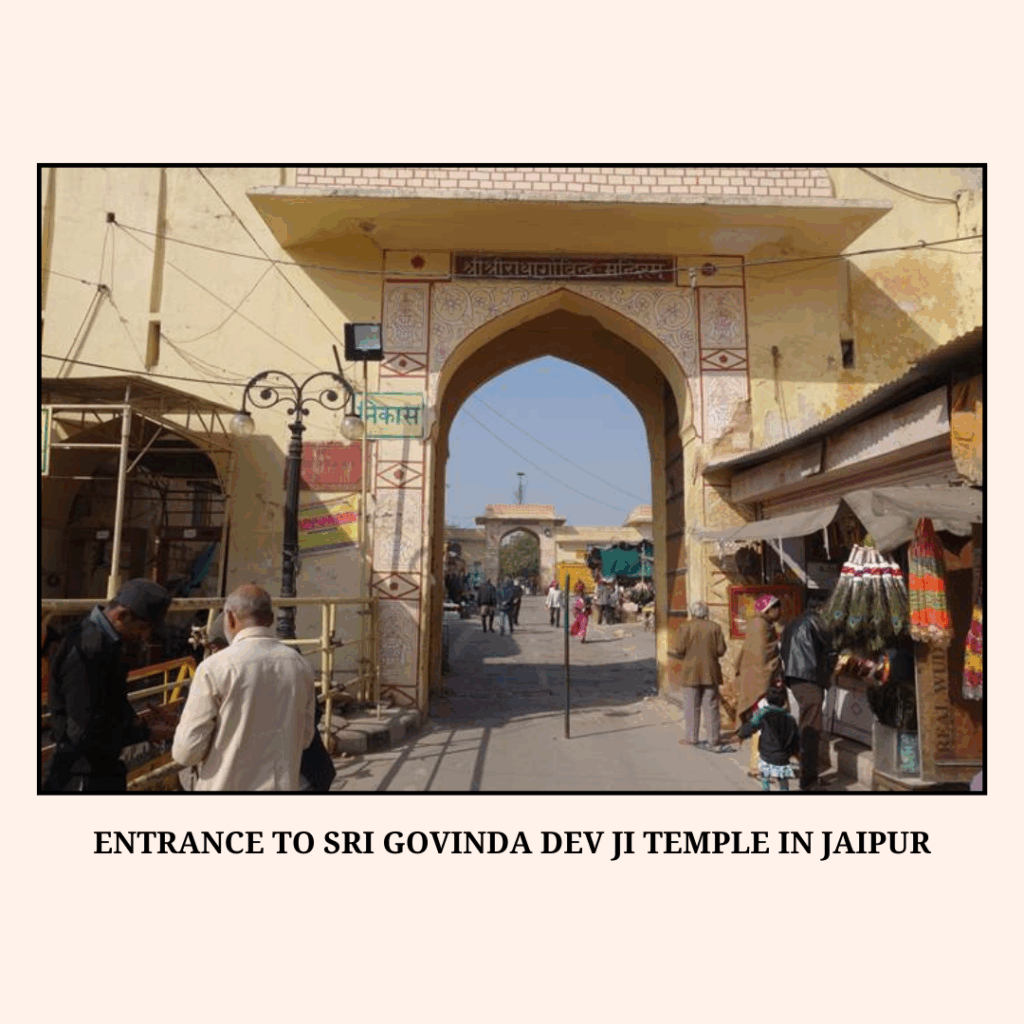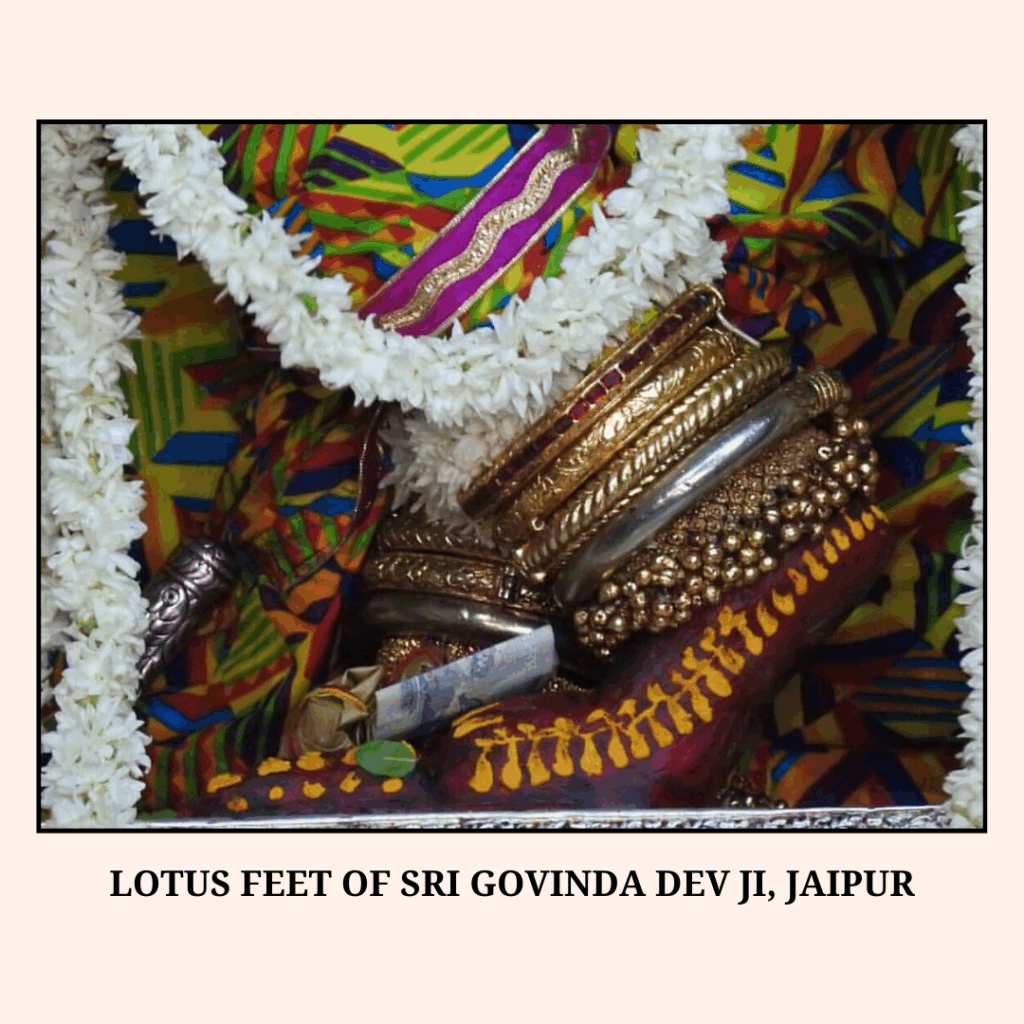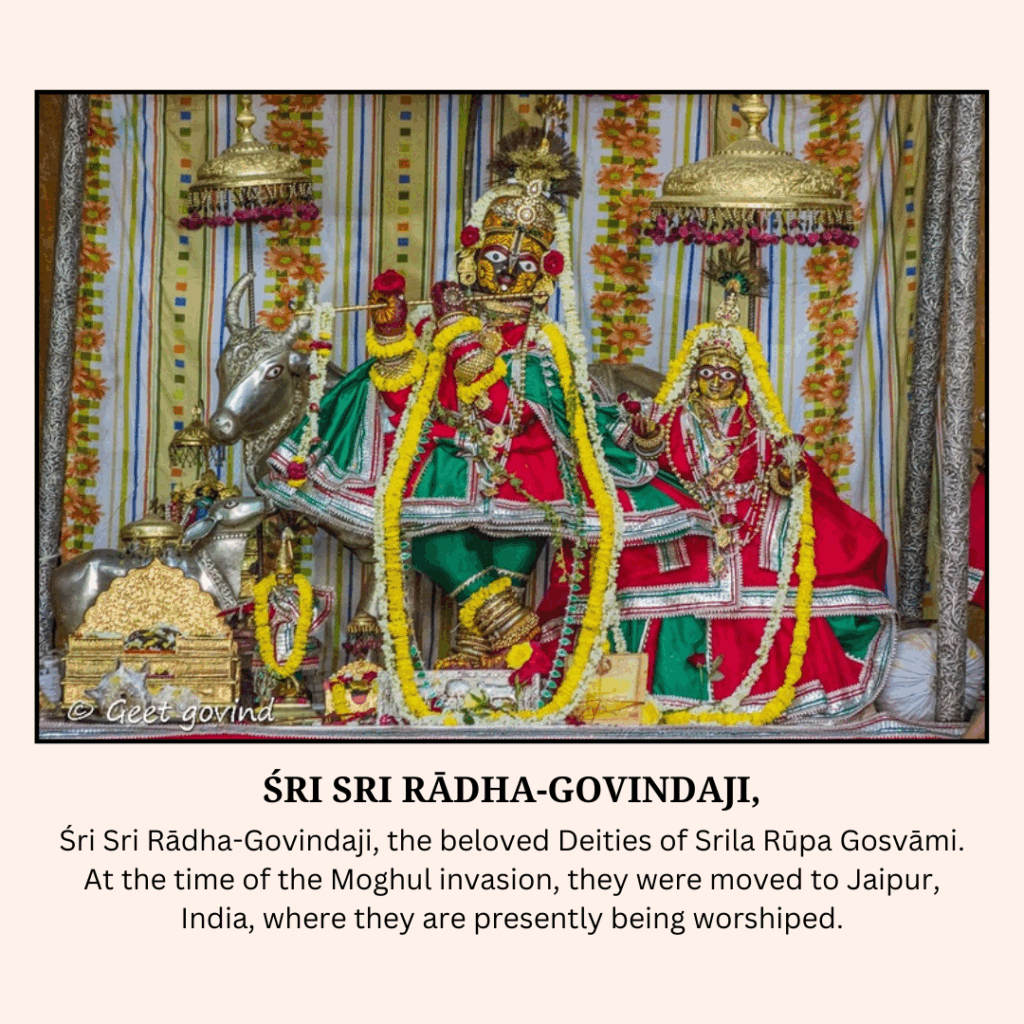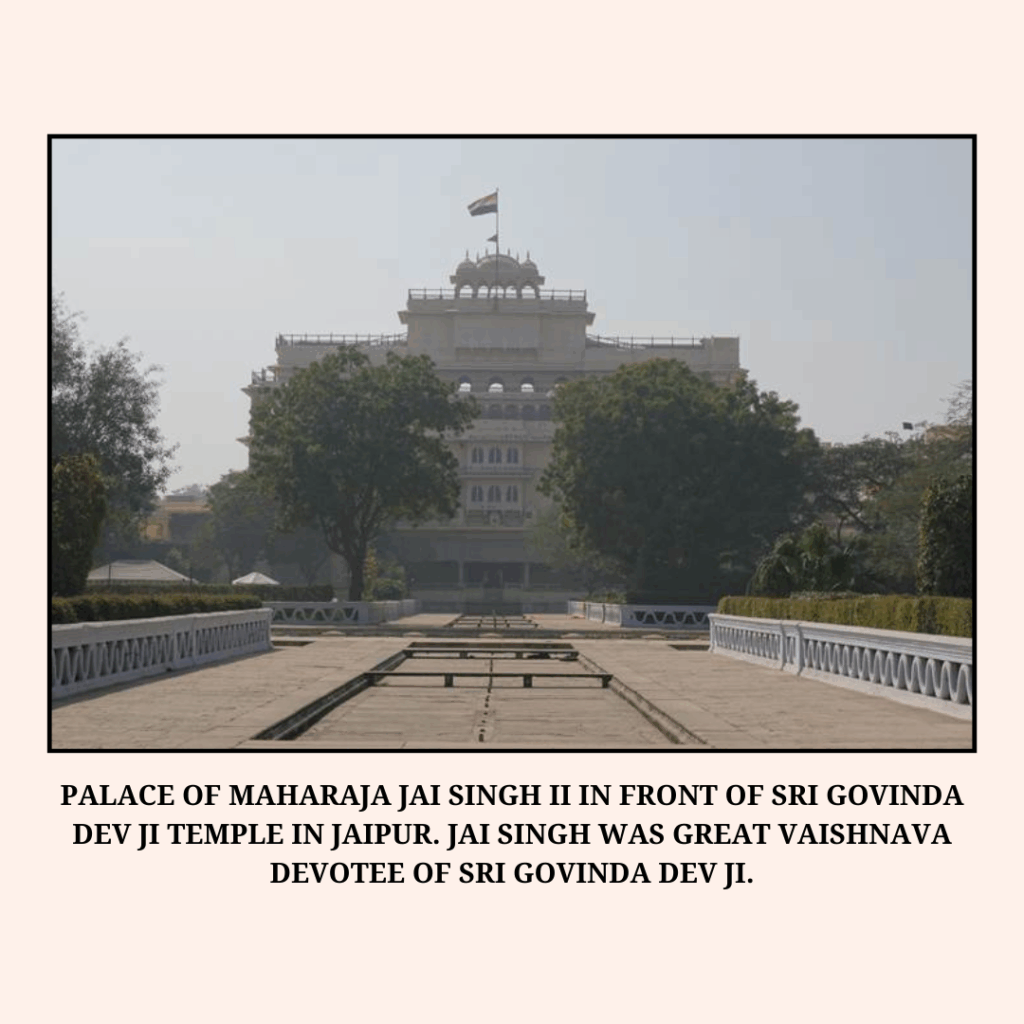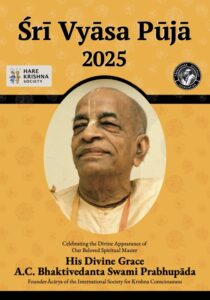Wednesday, 06 August 2025 [Mayapur, West Bengal, India Time
Disappearance Day of Śrī Gaurīdāsa Paṇḍita
Disappearance Day of Śrī Rūpa Gosvāmī
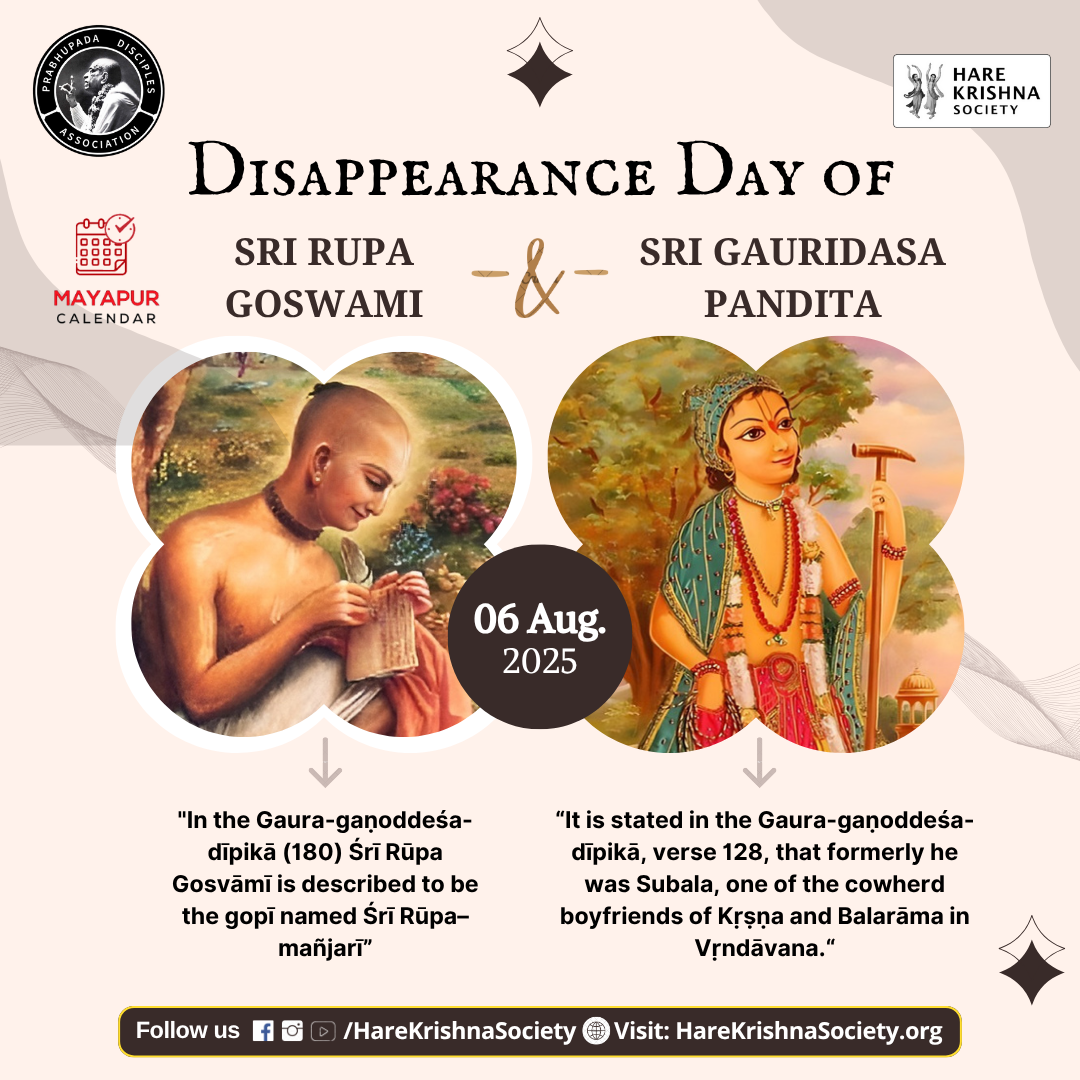
Disappearance Day of Śrī Gaurīdāsa Paṇḍita
Śrī Caitanya-caritāmṛta, Ādi-līlā 11.26 (1973 Edition). All Synonyms, Translation and Purport by His Divine Grace A.C. Bhaktivedanta Swami Srila Prabhupada:
Text 26
গৌরীদাস পণ্ডিত যাঁর প্রেমোদ্দণ্ডভক্তি ।
কৃষ্ণপ্রেমা দিতে, নিতে, ধরে মহাশক্তি ॥ ২৬ ॥
gaurīdāsa paṇḍita yāṅra premoddaṇḍa-bhakti
kṛṣṇa-premā dite, nite, dhare mahāśakti
Synonyms
gaurīdāsa paṇḍita — Gaurīdāsa Paṇḍita; yāṅra — whose; prema-uddaṇḍa-bhakti — the most elevated in love of Godhead and devotional service; kṛṣṇa-premā — love of Kṛṣṇa; dite — to deliver; nite — and to receive; dhare — empowered; mahāśakti — great potency.
Translation
Gaurīdāsa Paṇḍita, the emblem of the most elevated devotional service in love of Godhead, had the greatest potency to receive and deliver such love.
Purport
It is said that Gaurīdāsa Paṇḍita was always patronized by King Kṛṣṇadāsa, the son of Harihoḍa. Gaurīdāsa Paṇḍita lived in the village of Śāligrāma, which is situated a few miles from the railway station Muḍāgāchā, and later he came to reside in Ambikā-kālanā. It is stated in the Gaura-gaṇoddeśa-dīpikā 128 that formerly he was Subala, one of the cowherd boy friends of Kṛṣṇa and Balarāma in Vṛndāvana. Gaurīdāsa Paṇḍita was the younger brother of Sūryadāsa Sarakhela, and with the permission of his elder brother he shifted his residence to the bank of the Ganges, living there in the town known as Ambikā-kālanā. Some of the names of the descendants of Gaurīdāsa Paṇḍita are as follows: (1) Śrī Nṛsiṁhacaitanya, (2) Kṛṣṇadāsa, (3) Viṣṇudāsa, (4) Baḍa Balarāma dāsa, (5) Govinda, (6) Raghunātha, (7) Baḍu Gaṅgādāsa, ( Āuliyā Gaṅgārāma, (9) Yādavācārya, (10) Hṛdayacaitanya, (11) Cānda Hāladāra, (12) Maheśa Paṇḍita, (13) Mukuṭa Rāya, (14) Bhātuyā Gaṅgārāma, (15) Āuliyā Caitanya, (16) Kāliyā Kṛṣṇadāsa, (17) Pātuyā Gopāla, (18) Baḍa Jagannātha, (19) Nityānanda, (20) Bhāvi, (21) Jagadīśa, (22) Rāiyā Kṛṣṇadāsa and (22½) Annapūrṇā. The eldest son of Gaurīdāsa Paṇḍita was known as big Balarāma, and the youngest was known as Raghunātha. The sons of Raghunātha were Maheśa Paṇḍita and Govinda. Gaurīdāsa Paṇḍita’s daughter was known as Annapūrṇā.
The village Ambikā-kālanā, which is situated just across the River Ganges from Śāntipura, is two miles east of the Kālanākorṭa railway station, on the eastern railway. In Ambikā-kālanā there is a temple constructed by the Zamindar of Burdwan. In front of the temple there is a big tamarind tree, and it is said that Gaurīdāsa Paṇḍita and Lord Caitanya Mahāprabhu met underneath this tree. The place where the temple is situated is known as Ambikā, and because it is in the area of Kālanā, the village is known as Ambikā-kālanā. It is said that a copy of the Bhagavad-gītā written by Śrī Caitanya Mahāprabhu still exists in this temple.
Read more: https://harekrishnasociety.org/?p=30403
Disappearance Day of Śrī Rūpa Gosvāmī
Srila Prabhupada: “In the Gaura-gaṇoddeśa-dīpikā (180) Śrī Rūpa Gosvāmī is described to be the gopī named Śrī Rūpa–mañjarī. In the Bhakti-ratnākara there is a list of the books Śrī Rūpa Gosvāmī compiled. Of all his books, the following sixteen are very popular among Vaiṣṇavas:
(1) Haṁsadūta, (2) Uddhava–sandeśa, (3) Kṛṣṇa–janma–tithi–vidhi, (4 and 5) Gaṇoddeśa-dīpikā, Bṛhat (major) and Laghu (minor), (6) Stavamālā, (7) Vidagdha–mādhava, (Lalita–mādhava, (9) Dāna–keli–kaumudi, (10) Bhakti–rasāmṛta–sindhu (this is the most celebrated book by Śrī Rūpa Gosvāmī), (11) Ujjvala–nīlamaṇi, (12) Ākhyāta-candrikā, (13) Mathurā–mahimā, (14) Padyāvalī, (15) Nāṭaka–candrikā and (16) Laghu–bhāgavatāmṛta.
Śrī Rūpa Gosvāmī gave up all family connections, joined the renounced order of life and divided his money, giving fifty percent to the brāhmaṇas and Vaiṣṇavas and twenty-five percent to his kuṭumba (family members) and keeping twenty-five percent for personal emergencies. He met Haridāsa Ṭhākura in Jagannātha Purī, where he also met Lord Caitanya and His other associates. Śrī Caitanya Mahāprabhu used to praise the handwriting of Rūpa Gosvāmī. Śrīla Rūpa Gosvāmī could compose verses according to the desires of Śrī Caitanya Mahāprabhu, and by His direction he wrote two books named Lalita–mādhava and Vidagdha–mādhava. Lord Caitanya desired the two brothers, Sanātana Gosvāmī and Rūpa Gosvāmī, to publish many books in support of the Vaiṣṇava religion. When Sanātana Gosvāmī met Śrī Caitanya Mahāprabhu, the Lord advised him also to go to Vṛndāvana.”
(Srila Prabhupada Purport on Śrī Caitanya-caritāmṛta, Ādi-līlā 10.84 | 1973 Edition)
Read more: https://harekrishnasociety.org/?p=32542
